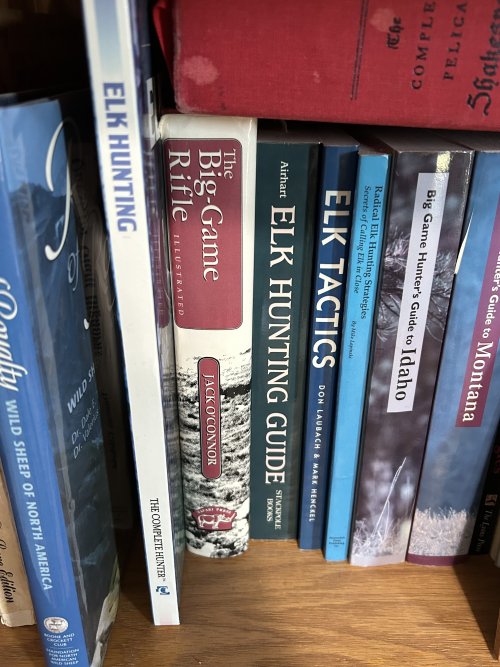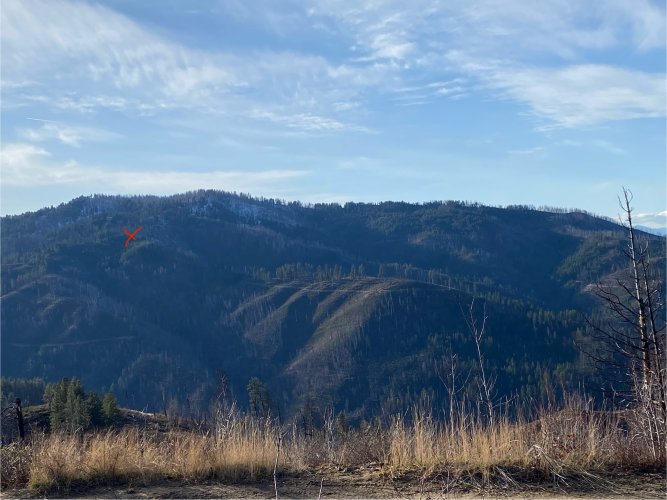I'm going on my first elk hunt this fall in an OTC Colorado rifle unit. I will probably buy Elk 101 / Outdoor Class, but I like reading a book in the evening. So, what books are most useful to a new hunter.
I read Public Land Elk Hunting, which I enjoyed, but the author spent a lot of time discussing how to exist in the woods and less time talking about elk. I've spent a great amount of time outdoors, but I don't know much about elk.
I will be doing some scouting this summer and fall, but other than general access, I don't have a great idea what to look for. So, I'd love some paper resources about what to look for when scouting. It is unlikely that the elk will be in the same place in August as they are in October, so what should I be looking for?
Similar questions about the actual hunt. What should I be looking for while hunting? (probably elk) What tips or strategies aren't obvious to a dude like me?
Basically, what books are useful to a new dude?
I read Public Land Elk Hunting, which I enjoyed, but the author spent a lot of time discussing how to exist in the woods and less time talking about elk. I've spent a great amount of time outdoors, but I don't know much about elk.
I will be doing some scouting this summer and fall, but other than general access, I don't have a great idea what to look for. So, I'd love some paper resources about what to look for when scouting. It is unlikely that the elk will be in the same place in August as they are in October, so what should I be looking for?
Similar questions about the actual hunt. What should I be looking for while hunting? (probably elk) What tips or strategies aren't obvious to a dude like me?
Basically, what books are useful to a new dude?






